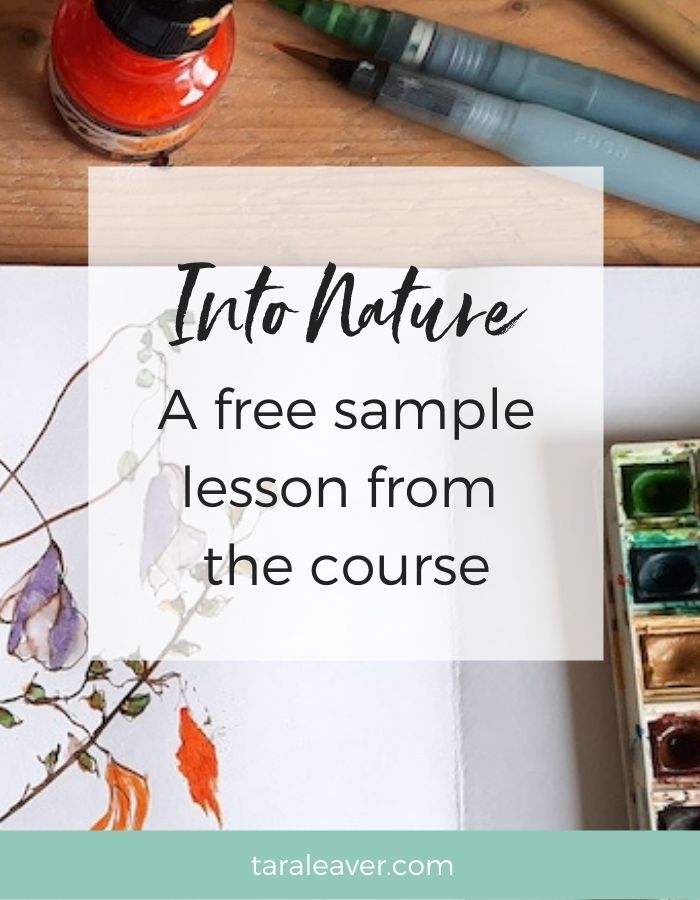
“When you take a flower in your hand and really look at it, it’s your world for the moment. I want to give that world to someone else.”
Georgia O’Keeffe
Whenever I create a new course, I share a sample lesson from it here on the blog. I know that when I’m considering a course, I find it very helpful to be able to see what it’ll be like from the inside.
If you’re thinking about signing up for my latest course, Into Nature, today I’m sharing a free sample lesson from it which I hope will not only give you a feel for the experience the course offers, but will give you ideas and encouragement even if you decide it’s not for you.
The video today comes from a project called Life Cycles, in which we draw or paint a vase of flowers over a four week period, taking time to notice how it changes each week as the initially lush and vibrant flowers start to wither and die.
It’s a great way to make art with nature simply and indoors {good for winter, or lockdown!}, and if you decide to join us, you’ll get to see the month long progress and create a version of it for yourself. I found it a satisfying and fascinating creative way to connect with the life cycles of nature.
Tip: A concertina sketchbook is great for this because you can open it out and see the entire life cycle of your flowers at the end.
Vase of Flowers: Week 2
Want more?
Click the button below to join us for the
full Into Nature experience today!


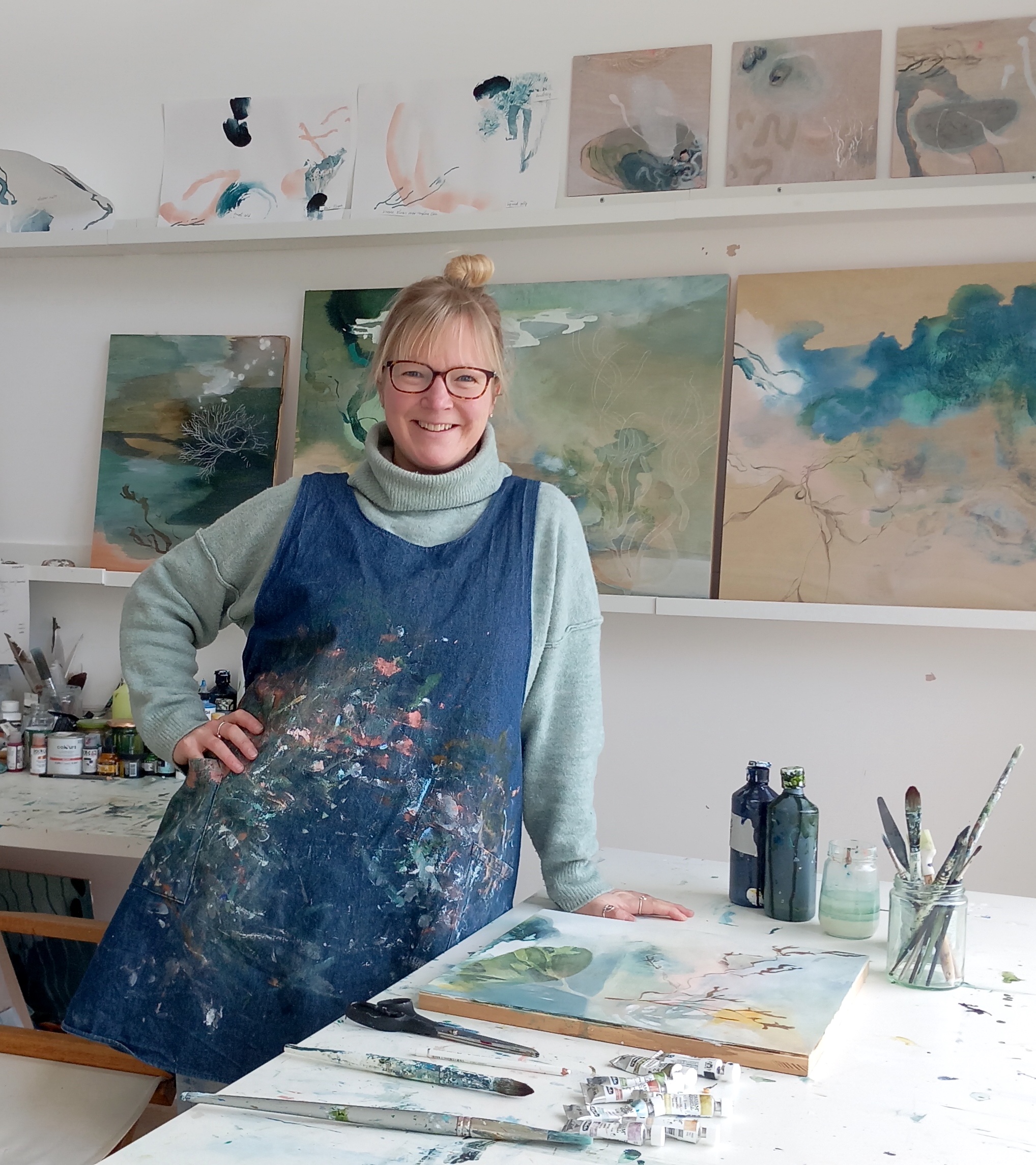
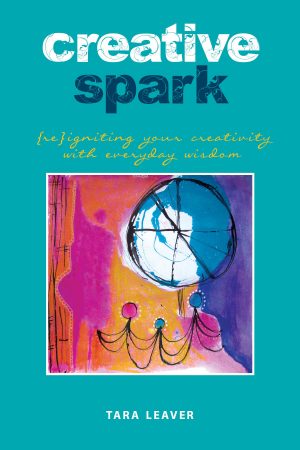

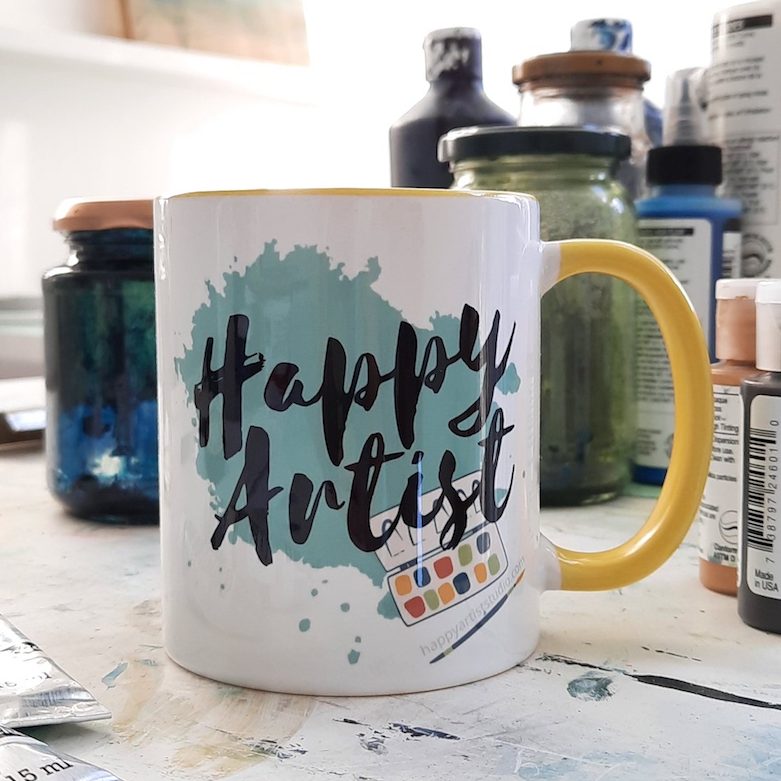
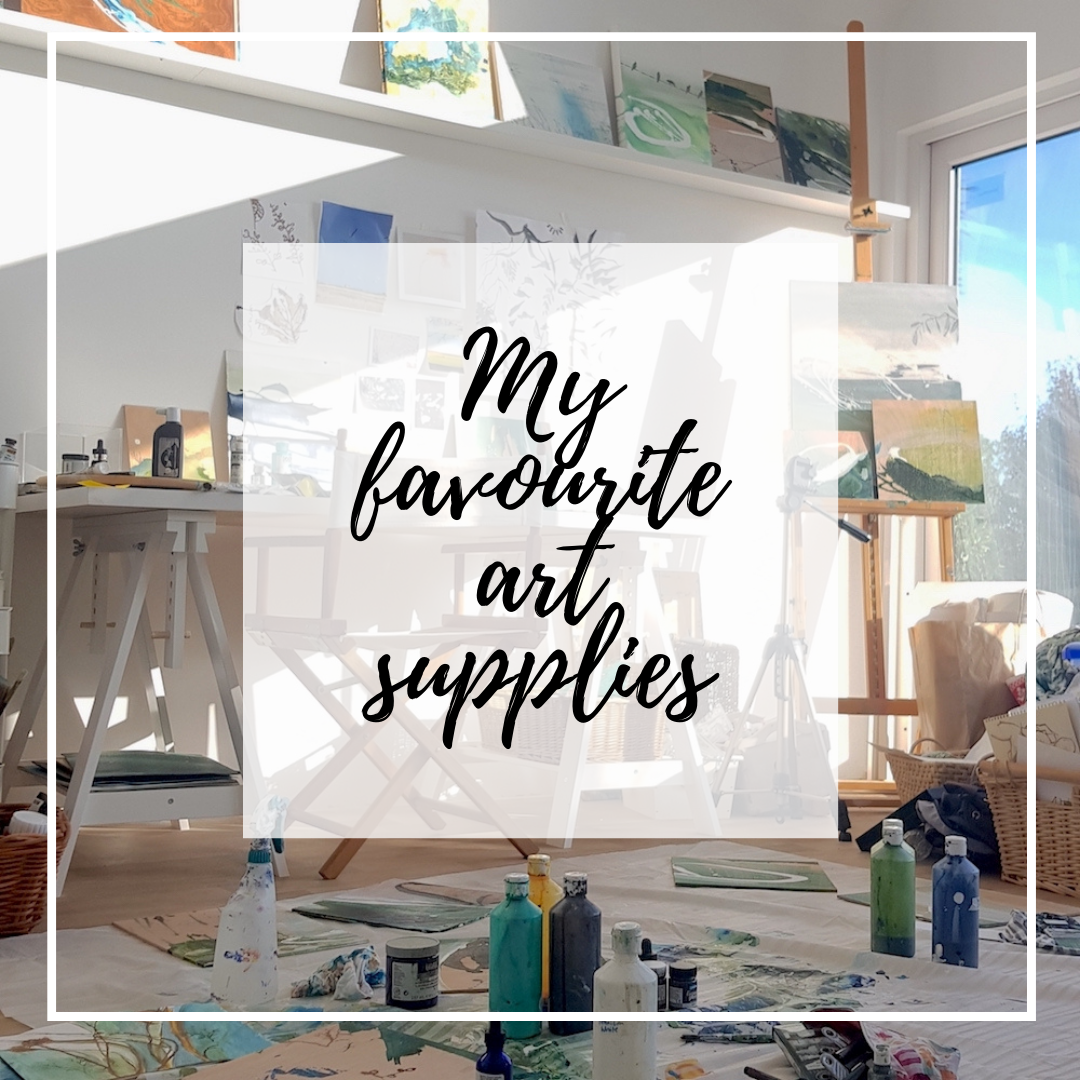
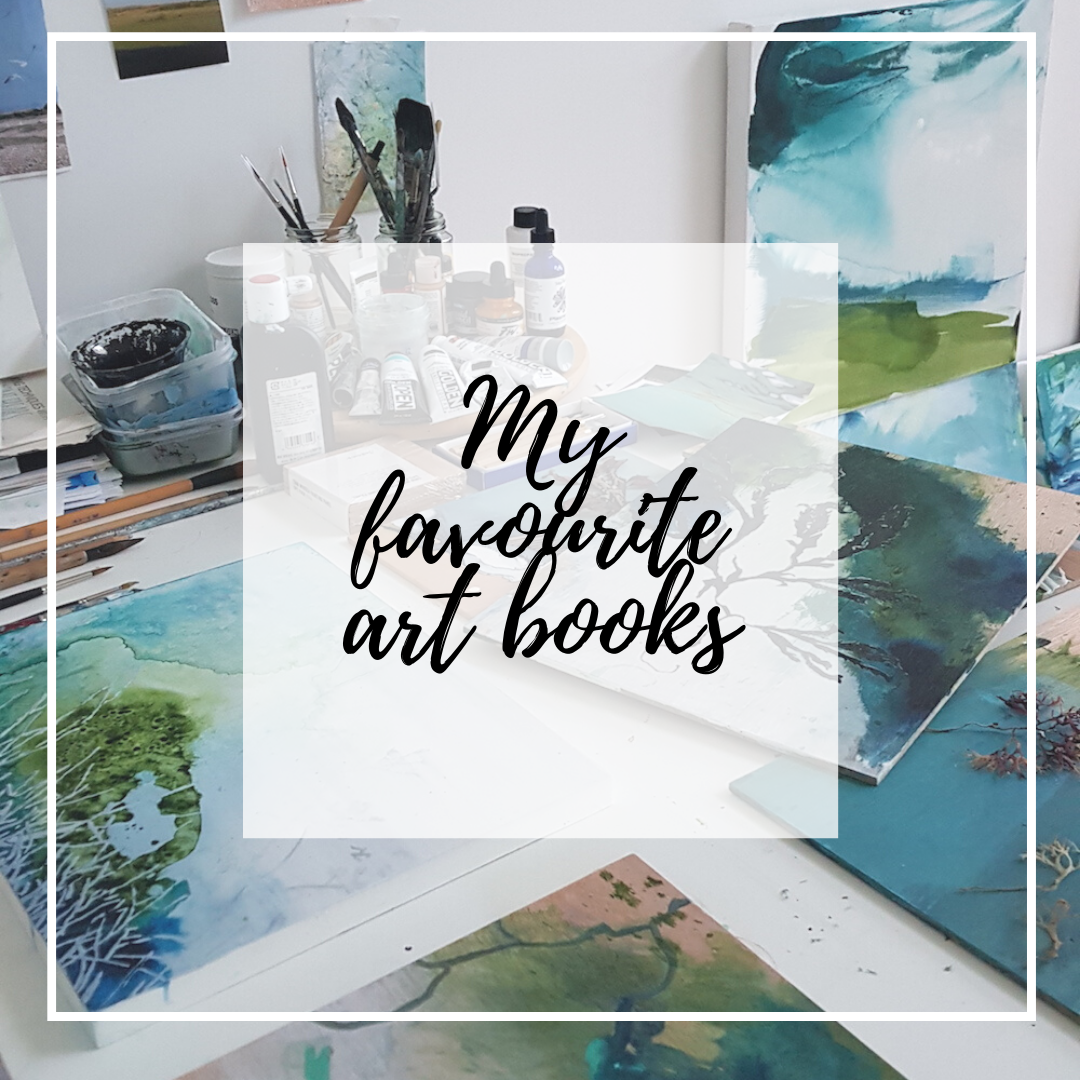
I always enjoy the thoughts you share, Tara.
It’s easy to allow one’s art and art-making process to be pushed and pulled in all directions by outer (and inner) voices, latest trends, etc. Digging in to find what really lights one up creatively is the hard part, and you don’t pretend otherwise in your posts. At the same time, you help sweep the artist’s trail with your insights. Thanks for your quiet but sure encouragement.
Thank you for such a lovely comment Georgina! I’m so glad you find something useful here. 🙂
HI Tara
im assuming i can do this beautiful course at any time at any pace?
Yes you can!
Is there a list of tools, paints, etc.?
Hi Susan – There isn’t a definitive materials list as I encourage you to use what you already have and also to find things in nature to work with! However, there are links to materials I use in the course within each lesson.
Hi Tara,
You requested I comment in the class area but I’m such a novice – not sure you want my thoughts.
1. I tried a plastic palate, tried a porcelain meat tray for a palate but finally found wax paper was the best. It was inexpensive and could save mixed colors for future reference.
2. Do you use acrylics and is an extender mixed into a color ?
Questions and thoughts are always welcome! Great tip about the wax paper, and I like that idea of keeping it for colour reference! I do use acrylics; I sometimes add airbrush medium to further dilute fluid acrylics, but I don’t typically use an extender.